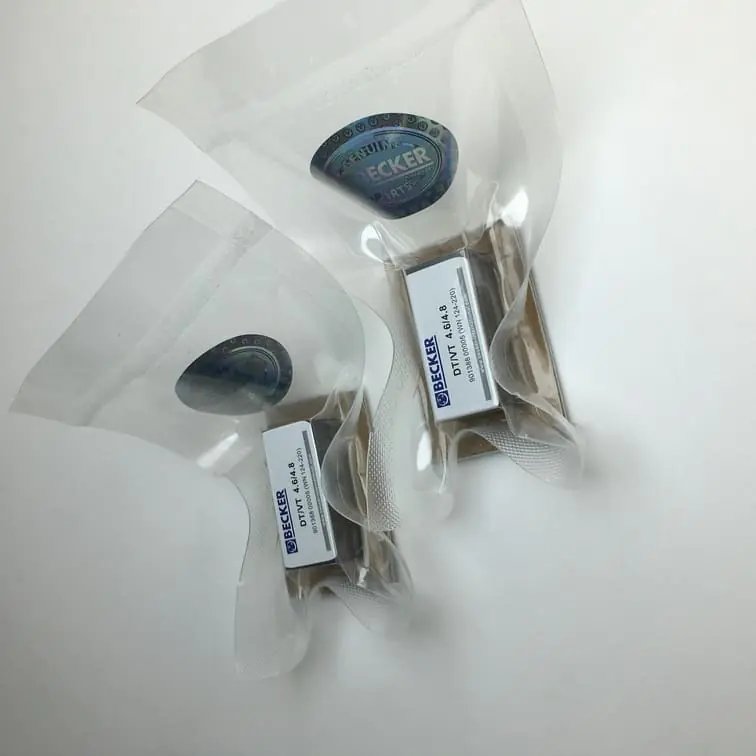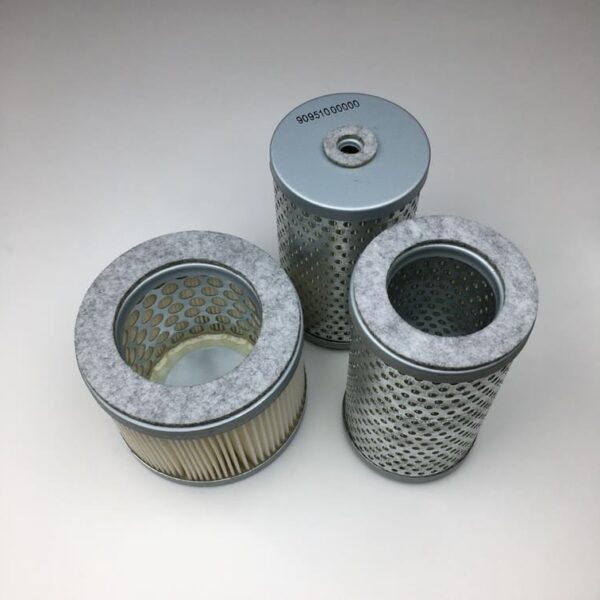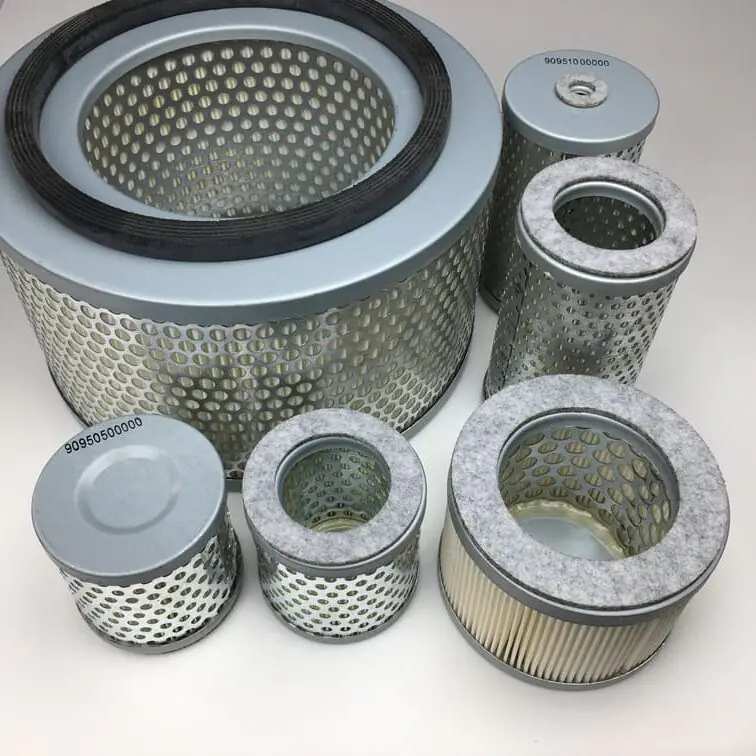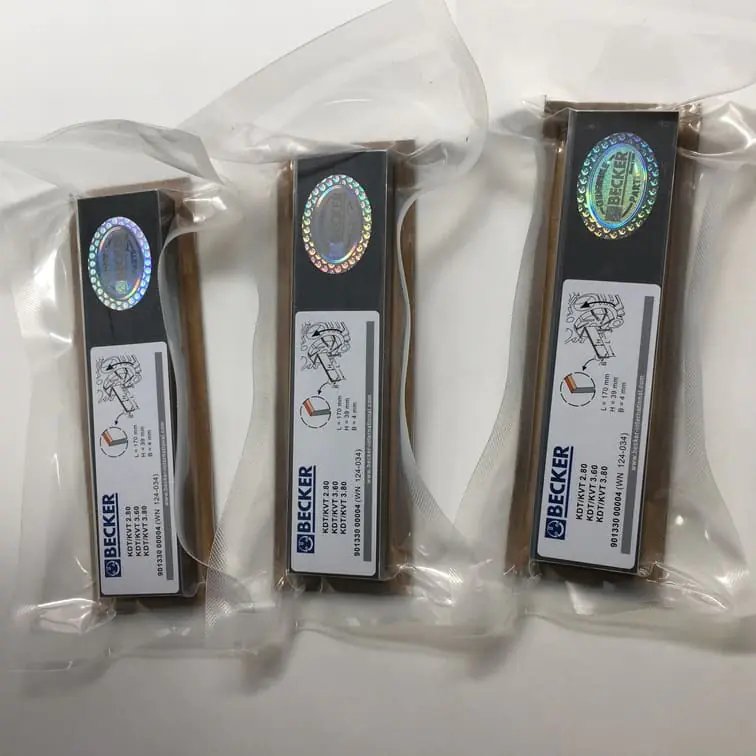How to Install a Vacuum Pump for Brakes
The braking system is one of the most crucial components in your vehicle, and ensuring its optimal performance is key to safety. For vehicles with enhanced braking needs—especially those with performance modifications or larger camshafts—a vacuum pump is often necessary to provide consistent brake boost. This guide will take you step-by-step through the process of installing a vacuum pump for brakes, ensuring that your braking system operates efficiently and safely.
What is a Vacuum Pump for Brakes?
Understanding the Need for a Brake Vacuum Pump
A vacuum pump is designed to create additional vacuum for the brake booster, which provides the extra force needed for effective braking. Modern vehicles typically rely on a vacuum source generated by the engine manifold. However, in cases where there are modifications such as a performance camshaft or turbochargers, the available vacuum may be insufficient, requiring an electric or mechanical vacuum pump.
- Enhanced Brake Boost: A vacuum pump ensures that there is always adequate vacuum pressure, especially in high-performance vehicles where braking is critical.
- Camshaft Changes: Performance cams can reduce vacuum, making a pump necessary to maintain effective brake pressure.
- Turbocharged Engines: Turbos can also affect available vacuum, necessitating the use of an auxiliary pump to compensate for reduced vacuum.

Types of Vacuum Pumps for Brakes
- Electric Vacuum Pumps: These are powered by the vehicle’s 12V system and can be fitted easily. They are quieter and ideal for modern cars.
- Mechanical Vacuum Pumps: Driven by the engine itself, these pumps are reliable but may require significant effort to integrate into existing setups.
Tools and Materials Needed
Before beginning the installation, make sure you have all the required tools and parts:
- Electric Vacuum Pump Kit (e.g., Granatelli Motor Sports 12V pump)
- Vacuum Hose: Typically, 3/8″ diameter hose is used.
- Brake Booster Check Valve: Ensures one-way flow of vacuum.
- Hose Clamps
- T-Fittings: For connecting multiple hoses.
- Power Source Wiring: Electrical wiring with fuses to connect the pump to the car’s power supply.
- Drill and Mounting Hardware
- Protective Gloves: Always use gloves when handling tools.
Internal Link: For high-quality filters to keep your vacuum system clean, visit our Becker Air Filters.

Step-by-Step Guide to Install a Brake Vacuum Pump
Step 1: Choose the Location for the Pump
First, you need to select an appropriate spot for mounting the vacuum pump. Ideally, it should be located close to the brake booster and in an area that is easily accessible for wiring and plumbing.
- Engine Bay: Most vacuum pumps are installed in the engine bay on a flat, secure surface. Ensure there is sufficient airflow to keep the pump cool.
- Minimize Hose Length: The shorter the vacuum hose, the more efficient the system. This will prevent any delays in vacuum generation.
Step 2: Mount the Vacuum Pump
After selecting the location, proceed to mount the vacuum pump securely.
- Use Mounting Brackets: Most pump kits come with brackets. Secure the pump using these brackets and make sure it is firmly fastened.
- Vibration Dampening: Some pumps generate significant vibration. You may use rubber mounts to reduce noise and vibration during operation.
Tip: Make sure the pump is mounted in a position where it will not be damaged by heat or road debris.
Step 3: Connect the Vacuum Hose
Once the pump is mounted, it is time to connect the vacuum hose.
- Attach Hose to Pump Outlet: Connect one end of the vacuum hose to the outlet of the pump. Secure it tightly with a hose clamp to prevent leaks.
- Brake Booster Connection: Connect the other end of the hose to the brake booster. Ensure a check valve is in place to prevent pressure loss when the pump is not active.
- Use T-Fittings: If you need to tap into existing vacuum lines, use T-fittings to split the flow between different components.
Step 4: Electrical Wiring
If you are using an electric vacuum pump, it needs to be wired to your car’s electrical system.
- Connect to 12V Source: The pump should be wired to a 12V power source that is only active when the engine is running to prevent battery drain.
- Use a Relay and Fuse: For safety, use a relay and a fuse to prevent electrical overloads. The fuse should be rated slightly above the pump’s current draw for protection.
- Switch Control: Some vacuum pumps come with a built-in pressure switch. This switch ensures the pump runs only when vacuum drops below a set level.
Step 5: Test the System
After installation, it’s important to verify that everything is working correctly.
- Check for Leaks: Start the car and listen for any hissing sounds that indicate a vacuum leak. Inspect all connections to make sure they are airtight.
- Check Brake Performance: With the engine running, press the brake pedal several times. The pedal should feel firm, and braking performance should be smooth.
- Monitor Pump Activation: If your pump has a pressure switch, listen to ensure the pump activates only when necessary and shuts off after reaching sufficient vacuum.
“Proper installation of a vacuum pump can significantly enhance your braking performance, especially in modified vehicles where vacuum is compromised.”
Tips for a Successful Installation
1. Use Quality Components
Using high-quality parts like vacuum hoses, check valves, and fittings is essential. These components ensure the reliability of your braking system and prevent leaks that could compromise vacuum pressure.
2. Avoid Overloading the Electrical System
When wiring an electric vacuum pump, make sure it doesn’t overload the existing electrical circuits. Using an independent fuse and relay ensures that the pump is properly isolated, avoiding any drain on critical systems.
3. Regular Maintenance
Just like any other car component, a vacuum pump requires regular maintenance to function effectively.
- Inspect Vacuum Hoses: Periodically check the hoses for signs of wear, cracking, or loose fittings.
- Clean or Replace Filters: Vacuum pumps often have small air filters to keep dirt out. Ensure these filters are clean or replaced regularly.
FAQs
1. Why do I need a vacuum pump for my brakes?
A vacuum pump provides the necessary vacuum for brake boosters, especially in vehicles where engine modifications have reduced the natural vacuum available.
2. Can I install a vacuum pump myself?
Yes, with the right tools and a proper understanding of automotive systems, you can install a vacuum pump. However, if you’re unsure, it’s best to consult a professional mechanic.
3. How much vacuum is needed for effective braking?
Most brake boosters require at least 18 inches of Hg (mercury) to operate effectively. Anything below this may result in compromised braking performance.
4. What type of vacuum pump is best for my car?
This depends on your vehicle. An electric vacuum pump is easier to install and is suitable for most modern vehicles, while a mechanical pump might be better suited for classic or performance applications.
5. What are common symptoms of insufficient brake vacuum?
Symptoms include a hard brake pedal, increased stopping distance, or inconsistent braking performance, especially during low RPMs.
Conclusion
Installing a vacuum pump for brakes is an effective solution to enhance the braking power of your vehicle, especially if you have modifications that reduce engine vacuum. With a proper installation, you ensure your vehicle maintains optimal braking performance, even under demanding conditions. Be sure to follow the steps outlined in this guide, and don’t hesitate to invest in quality components for the best results.
For all your vacuum pump needs, including carbon vanes, filters, and more, visit vacuumpumppart.com. With the right tools and guidance, you can easily enhance the safety and performance of your vehicle’s braking system.




